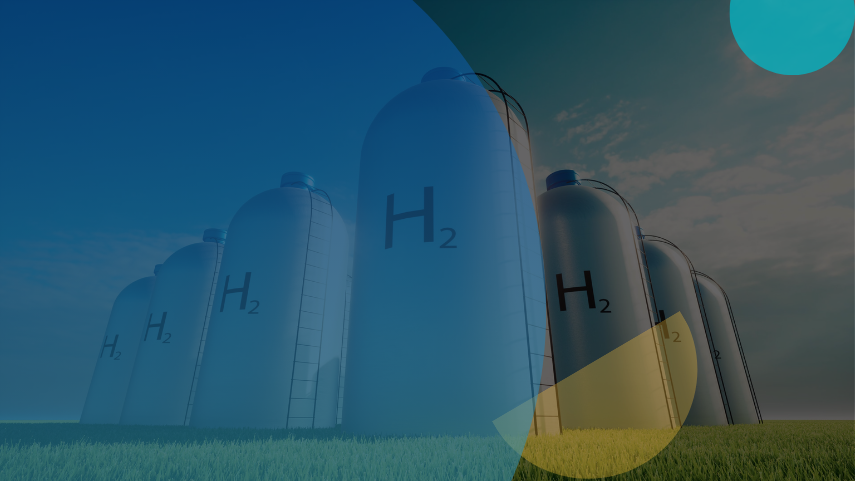
Addressing Energy Efficiency Challenges with Durable, Cost-Effective, and Regulatory-Compliant Materials
The R&D team of a leading Fortune 500 F&B company was tasked with finding innovative materials to enhance the energy efficiency of their refrigeration units used in vending machines and retail displays. With rising regulatory pressures, such as Energy Star certification and DOE efficiency regulations, the team faced significant challenges in meeting these standards while ensuring performance and cost-effectiveness.
However, several key factors were complicating the search for the right materials:
Efficiency Shortfall: The company’s existing materials were not meeting the latest energy efficiency benchmarks, leading to higher operational costs and reduced performance.
Regulatory Compliance: The team needed to identify materials that complied with increasingly stringent energy efficiency regulations without compromising on durability or cost.
Material Durability and Cost: The chosen materials had to offer long-term viability, balancing energy savings with cost efficiency and durability to ensure sustained performance in the market.
Faced with these challenges, the R&D team wanted a thorough investigation to find commercialized, energy-efficient materials that could transform their refrigeration solutions.
Supplier Insights and Cost Analysis for the recommended Insulation Materials
The analysis recommended multiple energy-efficient solutions, including Nitrile Rubber and Expanded Polystyrene as insulation materials. We also provided supplier information for recommended materials and calculated details on energy consumption and cost savings, enabling the team to choose the best material for minimizing energy usage during refrigeration.
The qualified materials were mainly evaluated based on three parameters – 1) Technology Readiness Level, 2) Energy Benefits, and 3) Cost Benefits, as per the requirements of the analysis. However, we also considered additional benefits such as Impact on the environment and technical Aspects such as Flammability, Availability in Asia, used by refrigerator manufacturers, suppliers, etc.
Key Findings from the Analysis
The analysis unfolded a wide range of solutions and opportunities for innovation in different components like insulation, and gaskets etc. Some of these include:
Expanded Polystyrene (EPS)
Expanded polystyrene emerged as a highly efficient insulation material with superior performance compared to acrylic. Its thermal conductivity of 0.03 W/m.K, combined with the fact that 98% of its volume consists of tiny closed air bubbles, makes it an excellent barrier to heat and cold transfer. EPS holds significant potential for improving the energy efficiency of refrigerators.
Nitrile Rubber
Nitrile rubber demonstrated a higher temperature retention capacity than both glass wool and polyurethane foam (PUF), resulting in lower energy consumption. The study found that refrigerators using nitrile rubber as insulation consumed only 0.09 kW/hr, compared to 0.11 kW/hr for glass wool and PUF. This material offers a better coefficient of performance and is a strong candidate for reducing energy usage in next-gen refrigeration systems.
Research Process- How did GreyB Help?
Material Identification and Evaluation
Potential materials for reducing energy consumption in refrigeration systems were identified by analyzing a wide array of literature, including patents, research papers, and product information. This research covered both commercialized materials and those in the experimental stage, ensuring the team had a broad range of options to consider for their refrigeration solutions.
Evaluation and Analysis
The identified materials were carefully evaluated based on key parameters such as Technology Readiness Level (TRL), thermal properties (K-Value, U-Value), and energy efficiency. Only materials that met the required thermal performance and were commercially available were shortlisted for further consideration. Materials still in the research phase or those with inadequate thermal properties were placed on a monitoring list or discarded.
Structured Framework and Recommendations
The qualified materials were assessed against several criteria, including energy consumption reduction, thermal properties, service life, cost, and other technical factors. Based on these findings, the materials were categorized into three tiers:
Primary Recommendation: Materials ready for immediate implementation to reduce energy consumption.
Secondary Recommendation: Viable alternatives that could be explored if primary recommendations were not suitable.
Not Recommended: Materials with lower potential that could be deprioritized.
Summary and Recommendations
A detailed presentation was developed for the team, outlining the recommended materials, their pros and cons, comparisons with other qualified options, and a list of potential suppliers. This structured approach allowed the team to make informed decisions on which materials to adopt for their energy-efficient refrigeration systems.
Outdated refrigeration systems can hold back your progress in today’s energy-conscious market. Identifying and implementing innovative, energy-efficient materials is key to staying ahead of the curve. Whether you’re looking to boost efficiency, meet regulatory standards, or cut down on costs, GreyB is here to help.
With our expertise and insights, we’ll guide you toward the best materials to enhance both performance and sustainability. If you’re ready to transform your refrigeration solutions and lead in energy efficiency, fill the form below to schedule a consultation with our experts today!









